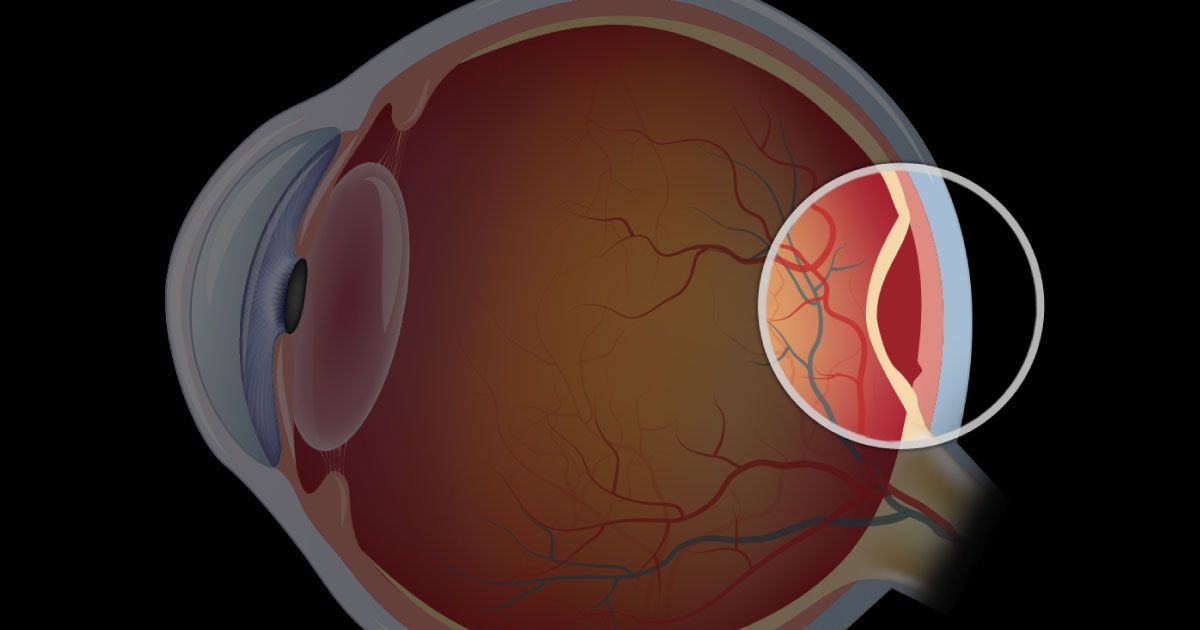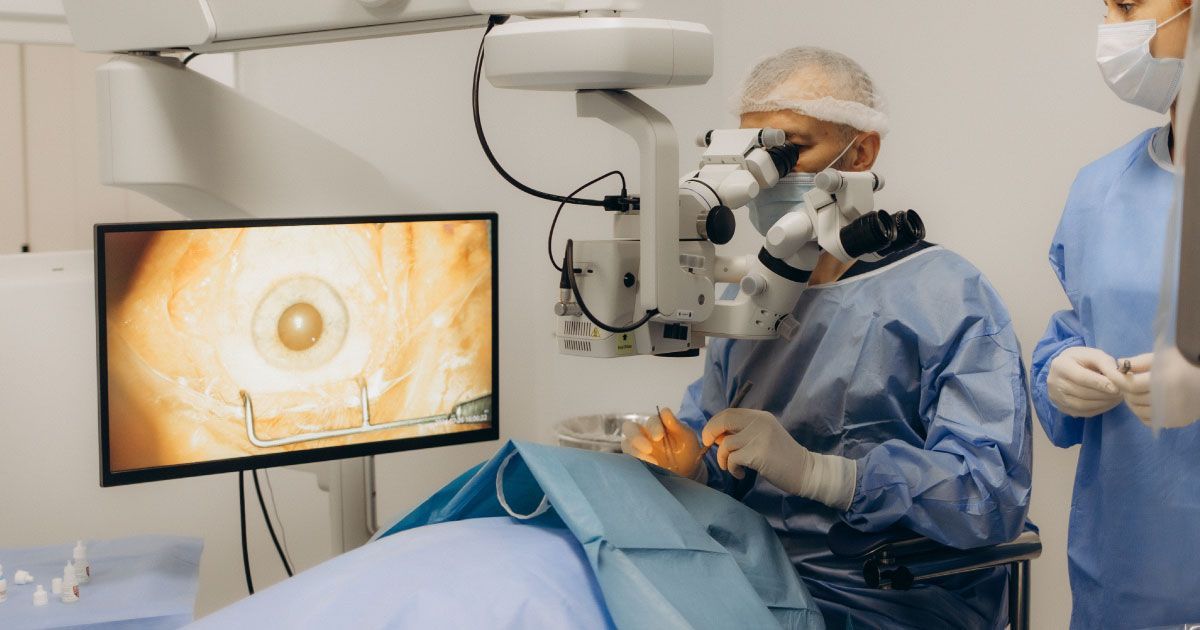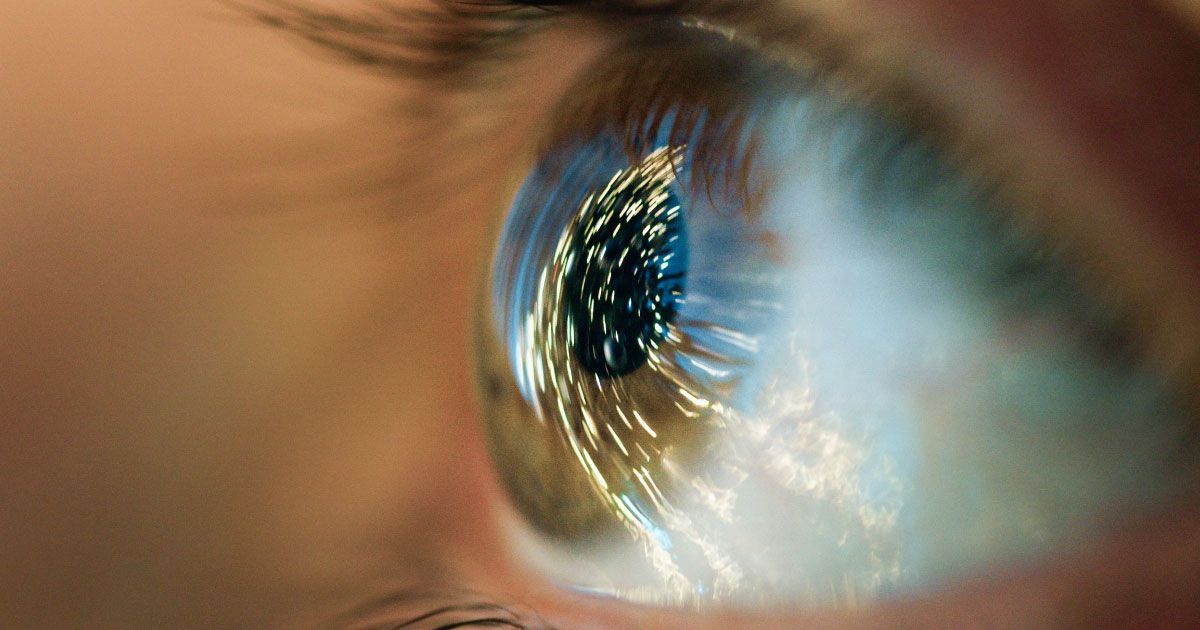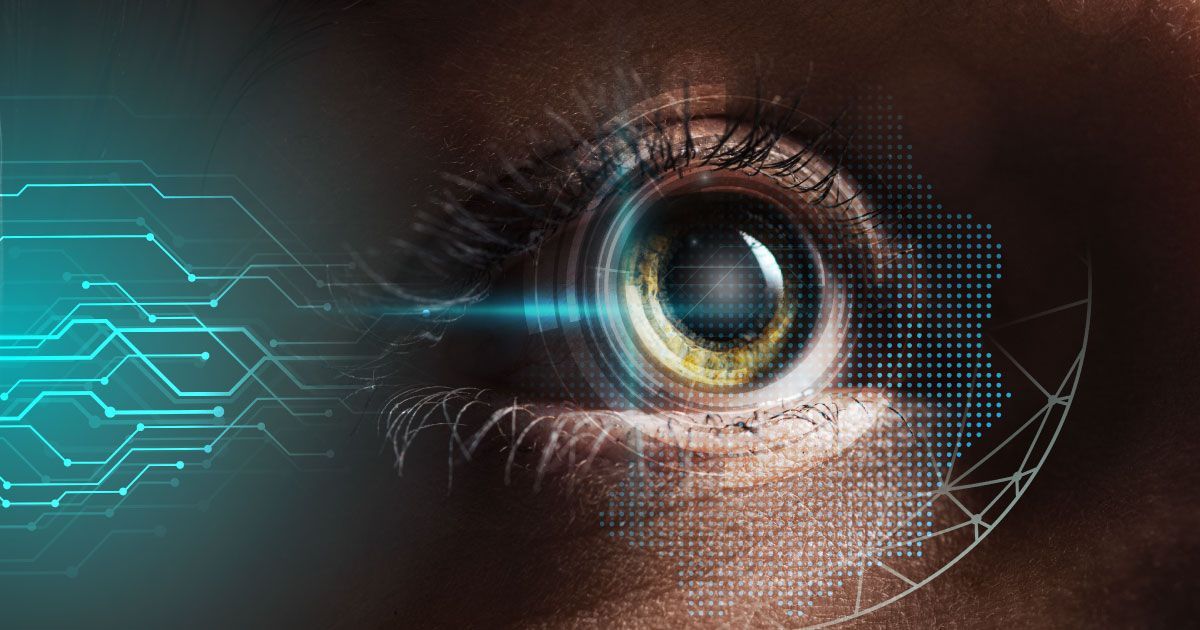Aging and Vision: What to Expect as You Grow Older

Read time: 5 minutes
As we grow older, it's natural for our bodies to experience changes, and one area significantly affected by the aging process is our vision. While some alterations are considered normal and expected, others can impact our quality of life and require professional care to maintain optimal eye health. In this article, we'll explore the common vision changes you can expect as you age, as well as the possible eye conditions that may arise during this stage of life. Additionally, we'll discuss the importance of regular eye exams and professional care from the experienced team at Urban Optiks Optometry in San Diego – ensuring you are well-equipped to navigate the complexities of aging and vision with confidence. By understanding what lies ahead and seeking appropriate guidance, you can continue enjoying clear vision and excellent eye health well into your golden years.
Normal Age-Related Vision Changes
As you grow older, various vision changes may occur as part of the natural aging process. Some common age-related vision changes include:
- Presbyopia: This condition affects nearly everyone over the age of 40, causing a progressive loss of the ability to focus on near objects. As the eye's lens loses its flexibility, it becomes more challenging to read small print or perform close-up tasks.
- Decreased Visual Acuity: The sharpness of your vision may decrease gradually over time, making it more difficult to discern fine details and colors.
- Diminished Contrast Sensitivity: Aging can cause a reduced ability to differentiate between shades of gray or similar colors, which might affect tasks like identifying objects against a background.
- Dry Eyes: Age-related hormonal changes can lead to decreased tear production, causing symptoms like burning, itching, and redness.
Being aware of these natural vision changes can help you anticipate and manage them effectively, ensuring that you continue enjoying good eyesight as you age.
Common Age-Related Eye Conditions
While some vision changes are considered normal parts of aging, others are caused by specific eye conditions. Some common age-related eye conditions include:
- Cataracts: A clouding of the eye's lens, cataracts affect more than half of all Americans by age 80. Symptoms include cloudy or blurred vision, light sensitivity, and poor night vision.
- Age-Related Macular Degeneration (AMD): A progressive eye disease affecting the central portion of the retina (the macula), AMD is the leading cause of vision loss among seniors in the United States. Symptoms include distorted or blurry central vision and problems recognizing faces.
- Glaucoma: A group of eye diseases that damage the optic nerve, glaucoma is often referred to as the "silent thief of sight" because it can cause significant vision loss without any noticeable symptoms.
- Diabetic Retinopathy: A complication of diabetes, diabetic retinopathy damages the blood vessels in the retina, leading to vision loss if left untreated.
Regular eye exams and early detection of these conditions are critical to maintaining good eye health and preventing vision loss.
The Role of Lifestyle Factors in Eye Health as You Age
Maintaining a healthy lifestyle can significantly impact your eye health as you grow older. Lifestyle factors that can influence age-related vision changes and eye conditions include:
- Diet: Consuming a well-balanced, nutrient-rich diet that includes leafy greens, colorful fruits and vegetables, and omega-3 fatty acids can help preserve eye health and prevent age-related eye diseases.
- Exercise: Regular exercise can help prevent systemic health issues like high blood pressure and type 2 diabetes, which can cause eye problems.
- Smoking: Quitting smoking reduces your risk of eye diseases like cataracts and AMD.
- Sun Protection: Wearing sunglasses that block 100% of UVA and UVB rays and a wide-brimmed hat can help protect your eyes from the sun's harmful rays.
Adopting a healthy lifestyle can contribute to maintaining your vision and preventing the onset of age-related eye problems.
The Importance of Regular Eye Exams and Professional Care
Regular eye exams are crucial for detecting vision changes and eye conditions in their earliest stages. The American Optometric Association recommends adults aged 18-64 receive a comprehensive eye exam every two years, while individuals aged 65 and older should undergo an annual eye evaluation. However, if you have a family history of eye problems, a chronic health condition, or notice any changes in your vision, you should consult your optometrist right away. Regular eye exams and professional care can ensure that age-related vision changes are addressed promptly and appropriately.
Urban Optiks Optometry in San Diego offers comprehensive eye exams, providing personalized care and attention for seniors. Our skilled optometrists are well-versed in the intricacies of aging and vision, ensuring that you receive the exemplary care you deserve.
Eyewear Considerations for Seniors
With age-related vision changes, it's essential to choose suitable eyewear to maintain optimal vision and comfort. Some important eyewear considerations for seniors include:
- Progressive Lenses: For those with presbyopia, progressive lenses offer a seamless transition from near to far vision without the need for separate reading glasses or visible lines.
- Anti-Reflective Coatings: These coatings can help reduce glare and reflections, improving visibility and comfort for seniors with decreased contrast sensitivity.
- UV Protection: Sunglasses with 100% UVA and UVB protection are crucial for seniors, protecting their eyes from harmful ultraviolet rays.
Exploring these eyewear options at Urban Optiks Optometry can help you maintain clear, comfortable vision as you age.
Embrace Your Golden Years with Confidence at Urban Optiks Optometry
Aging may bring about various vision changes and potential eye conditions, but understanding these developments and proactively addressing them can ensure that you continue to enjoy good eyesight in your golden years. Through maintaining a healthy lifestyle, scheduling regular eye exams, and selecting appropriate eyewear, you can confidently navigate the complexities of aging and vision.
At Urban Optiks Optometry in San Diego, our compassionate team of eye specialists is committed to helping you make informed decisions about your eye health. We offer comprehensive eye exams and a wide selection of luxury eyewear options tailored to seniors' needs, ensuring that you receive personalized care at every stage of life. Schedule an appointment with our experienced optometrists today, and begin your journey towards preserving your vision and embracing your golden years with confidence.
Share this blog post on social or with a friend:
The information provided in this article is intended for general knowledge and educational purposes only and should not be construed as medical advice. It is strongly recommended to consult with an eye care professional for personalized recommendations and guidance regarding your individual needs and eye health concerns.
All of Urban Optiks Optometry's blog posts and articles contain information carefully curated from openly sourced materials available in the public domain. We strive to ensure the accuracy and relevance of the information provided. For a comprehensive understanding of our practices and to read our full disclosure statement, please click here.


















